T1 E2 – Vila do Bispo – Carrapateira
After a few hours of sleep, the day's program pointed to 21,5 km, duration of approximately 7 hours and a route classified as easy.
The team was completely renewed and today consisted of me and two biologists, one terrestrial and one marine. This means that they were people who called animals and plants those weird names in Latin, but rest assured that I'm not going for that one.
It didn't start very well, as we got lost in Vila do Bispo trying to reach the football field, but there we managed to find the markings next to the museum that is under construction using, as we thought (and very well), traditional architecture of the mud.
The path was on the side of the road, kind of sandy, through the woods and we saw a flycatcher, a migratory bird, which must have come from England and is going to Africa.

We passed by some places full of strawberry trees with the red fruits right on the spot. It is evident that we were snacking a few. But the biggest surprise was, further on, we saw some beautiful watermelons on the side of the path. Clearly they were the remnants of some planting that had been done years ago, but there they were, mostly half eaten by the wild boars. We chose one that suited us and, contrary to expectations, it was fresh and really sweet. It was the accompaniment of the sandwiches that we took.
Once the energies were restored, we found a panel with information about a temporary pond. This is a very simple thing but very important for biodiversity, as they can be dry for a few years, but when it rains, they teem with life, especially with the appearance of a species of shrimp, with a really prehistoric appearance.

Now sorry, but I'm going to look like a specialist and, as the thing only exists here in this area, I have to give it the name in Latin: Vicentinus Triops. This thing about walking among biologists is contagious.
Have you ever actually been next to a wind farm? Used to seeing wind farms from the road, he had no idea how big it was. The towers are huge and the noise they make is quite annoying. It must be no good living next to such a thing.
And so we arrived at Pedralva where, unanimously, it was decided to drink some imperial ones. I know that the path entails sacrifices, but opportunities must not be wasted.
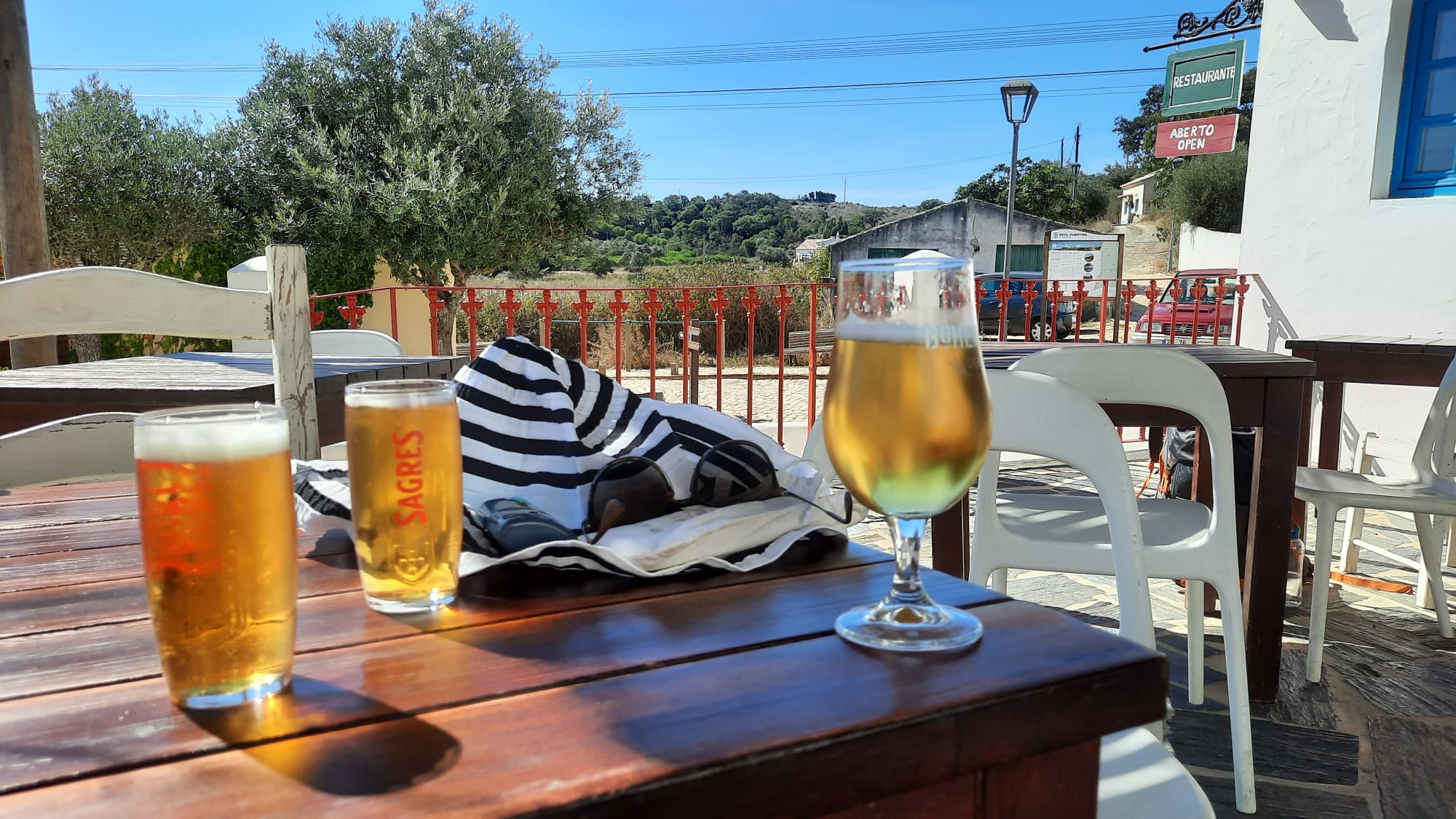
As the Sinceira and Carrapateira streams are dry, we opted to go around the valley, more straight ahead, instead of going up the mountain, which is the alternative route when there are floods. It even seems impossible that the streams could extend that entire area.
If, until now, we had found few walkers, we started to find many people on bicycles, from a family with four kids, to a couple who took their puppy in a trailer. We also found a local person with a puncture in the car tire, we offered help, but the situation was under control and we were on our way.

The landscape was still fantastic with the hills covered with pine trees and, according to the script, we should find a big climb.
We were already joking about saying she was late when she showed up. And it was hard, very hard, the climb to the geodesic mark, after twenty kilometers. But up there, the view over land and sea was worth the effort. And we arrived at Carrapateira, greeted by a flock of rooks with gray necks.
the walker
(Go on)
Read also about the other episodes of crossing the Rota Vicentina d'O Caminhante:
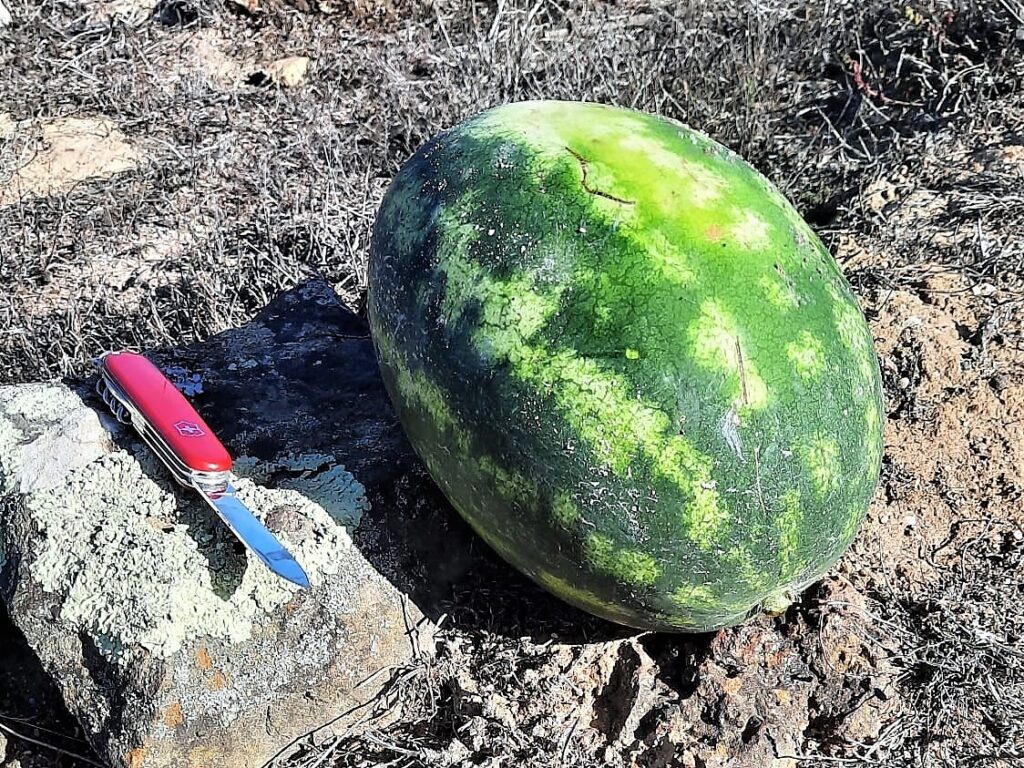

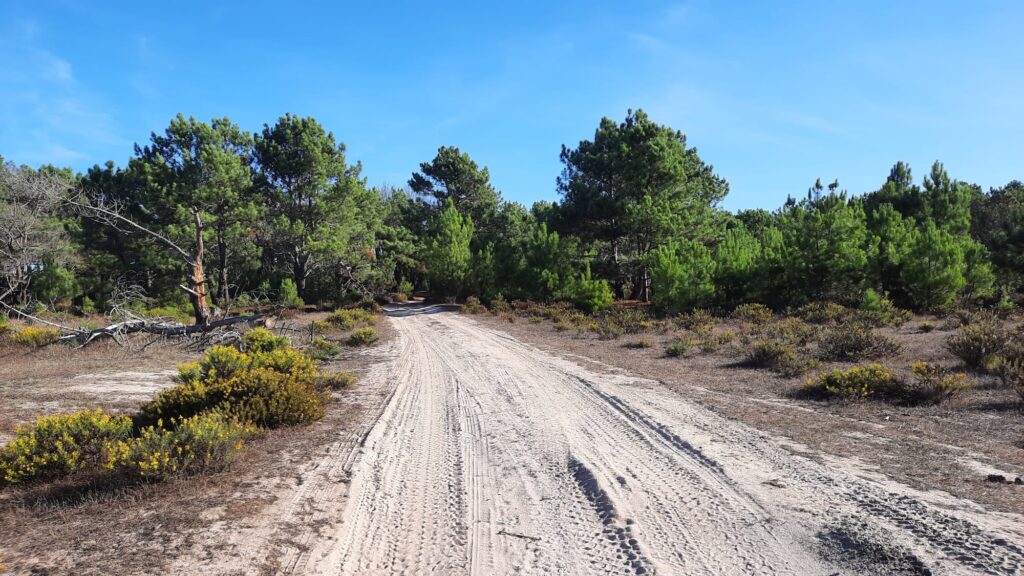
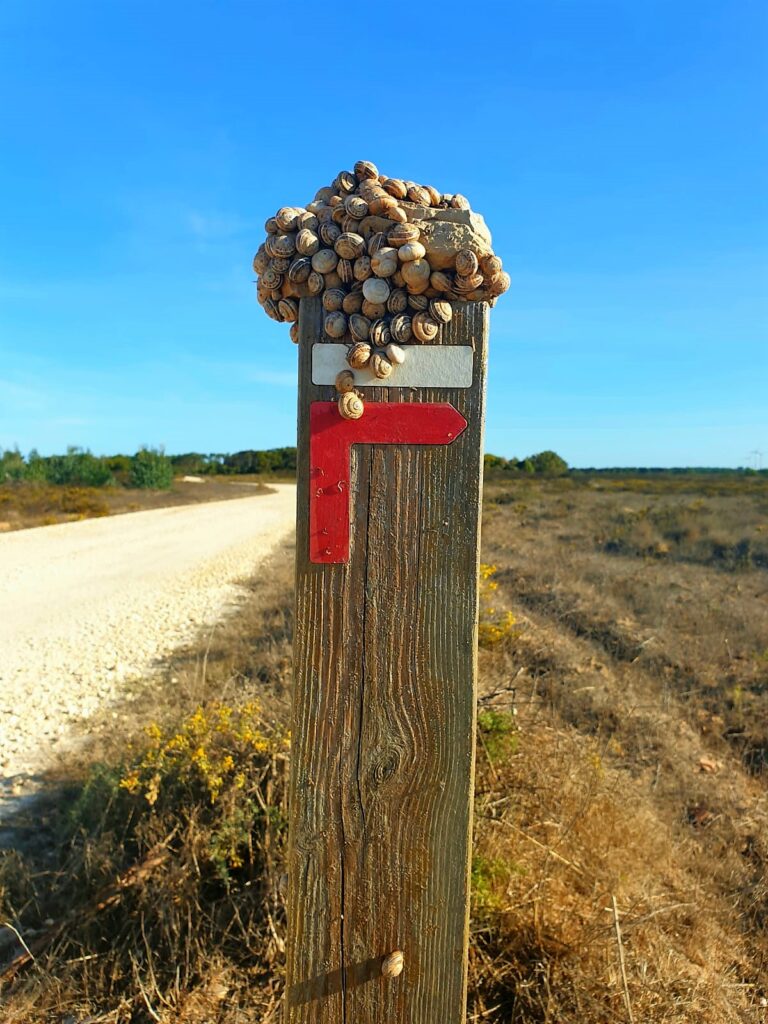

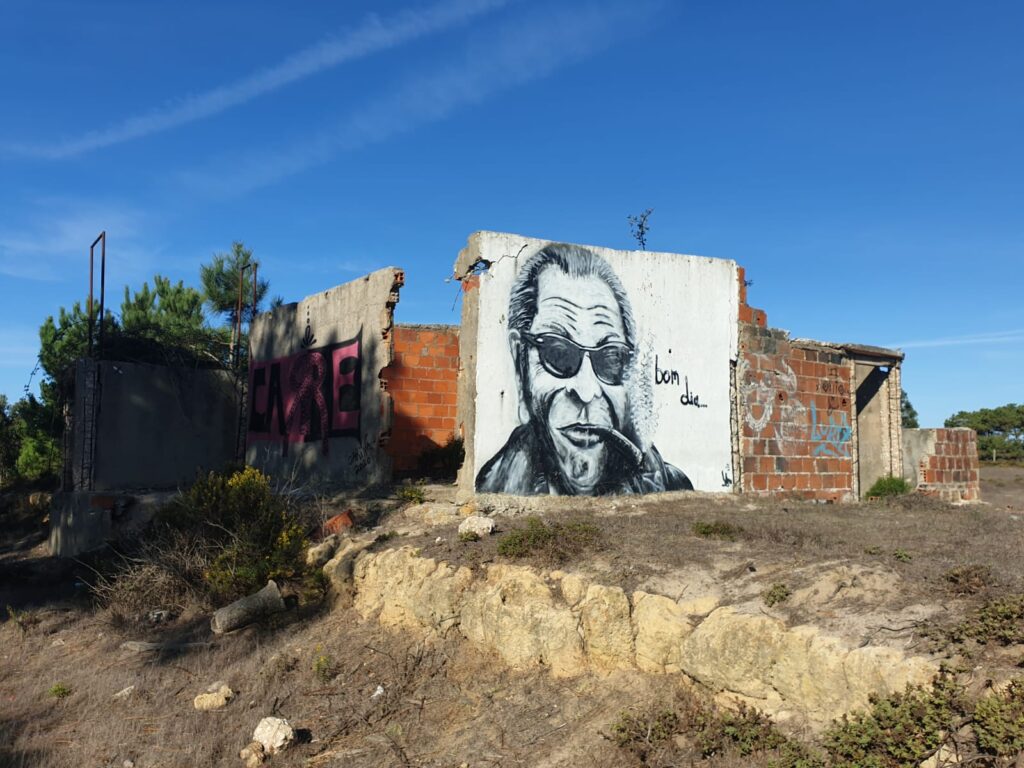






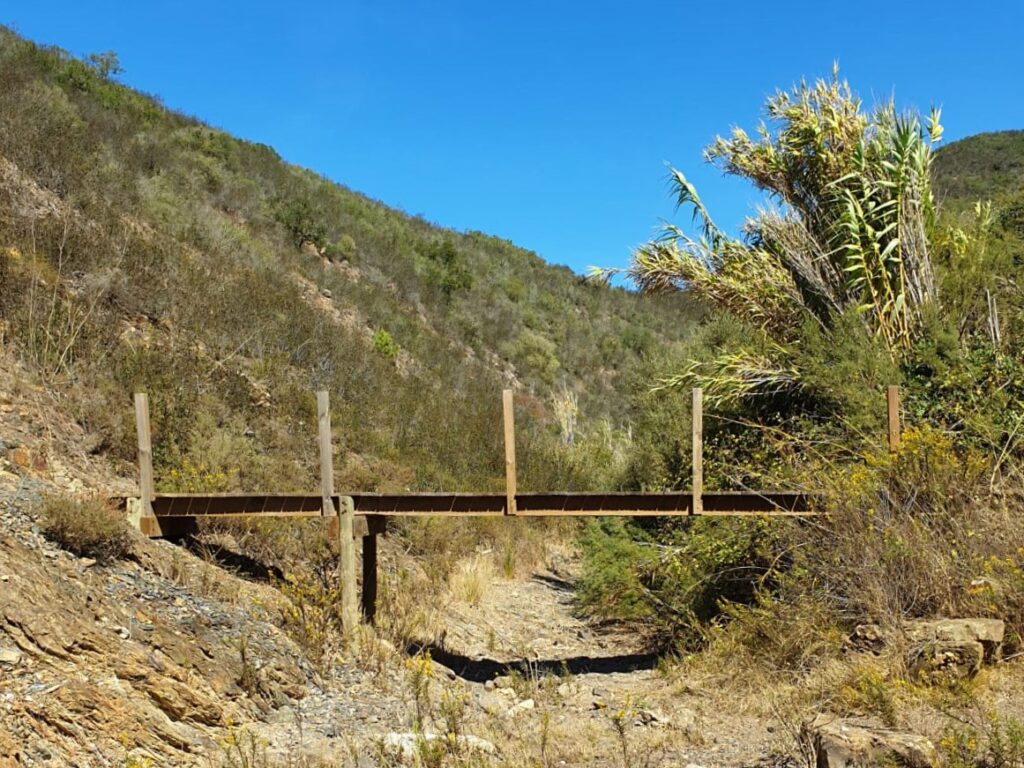
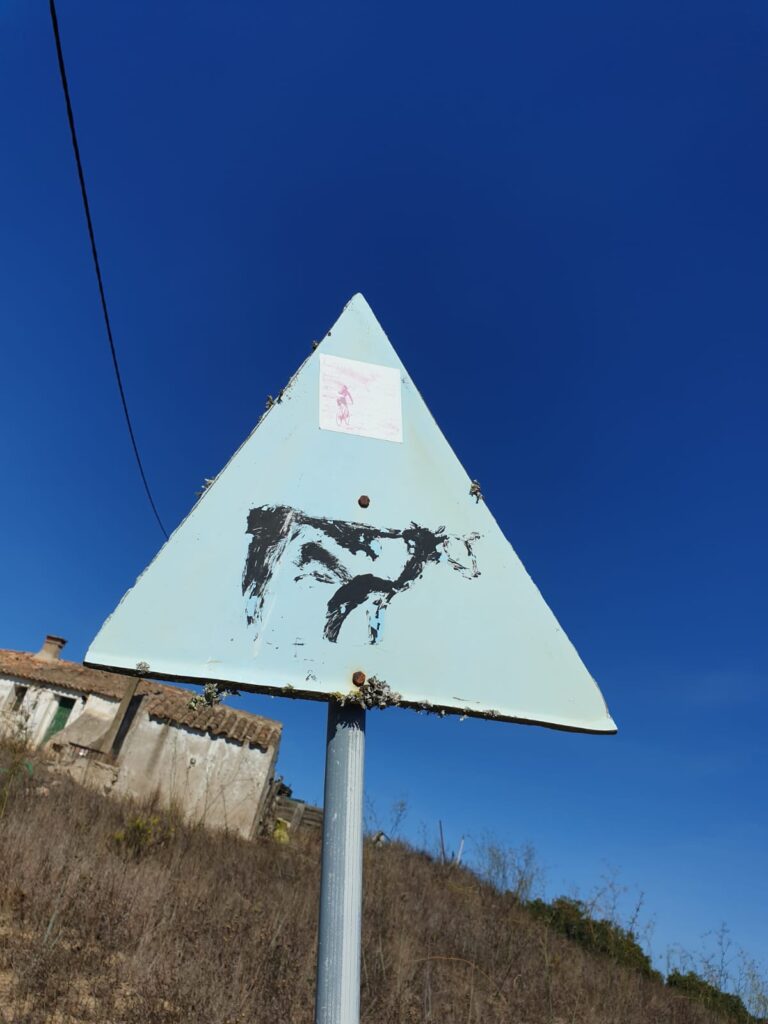

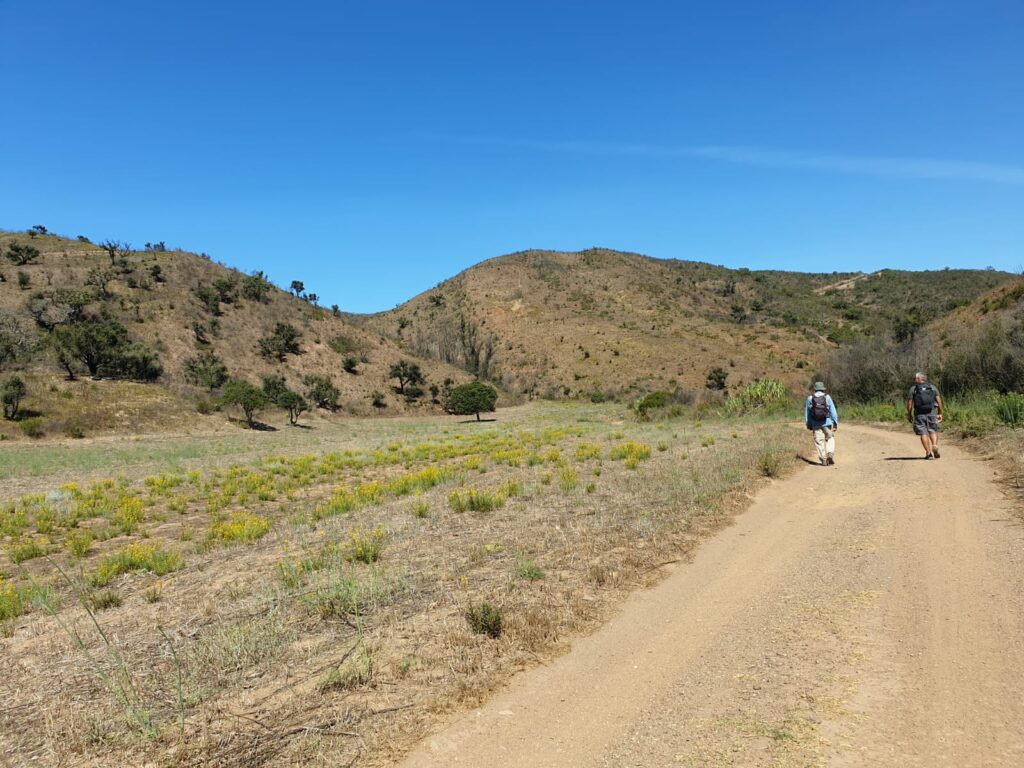


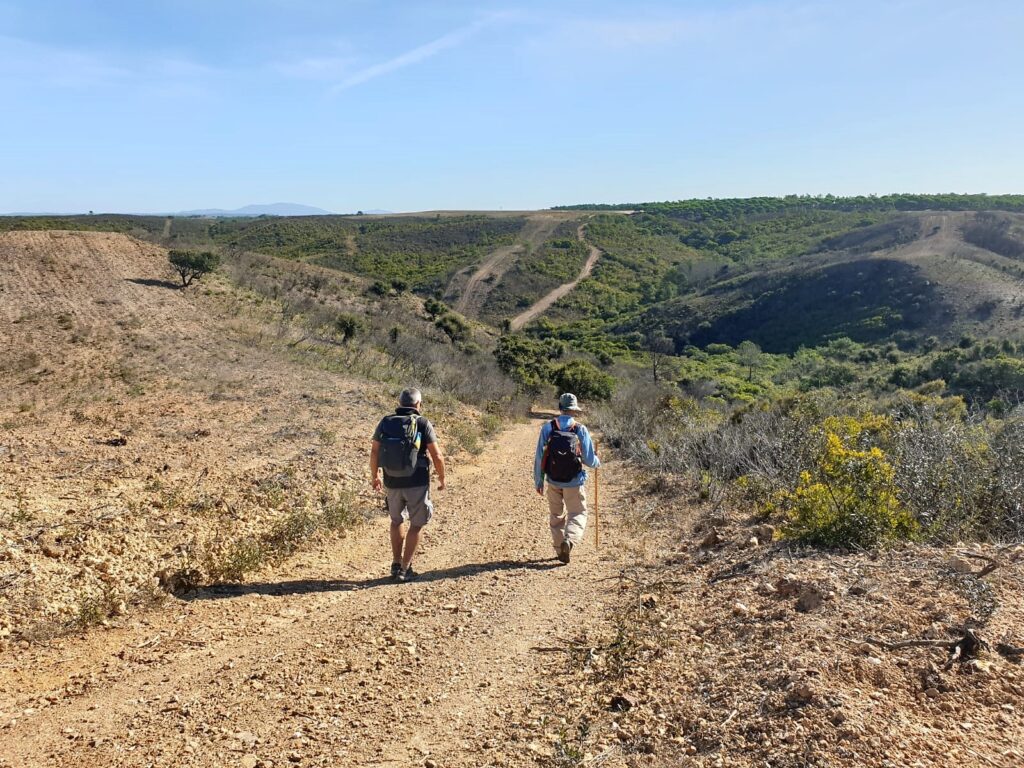



















Comments